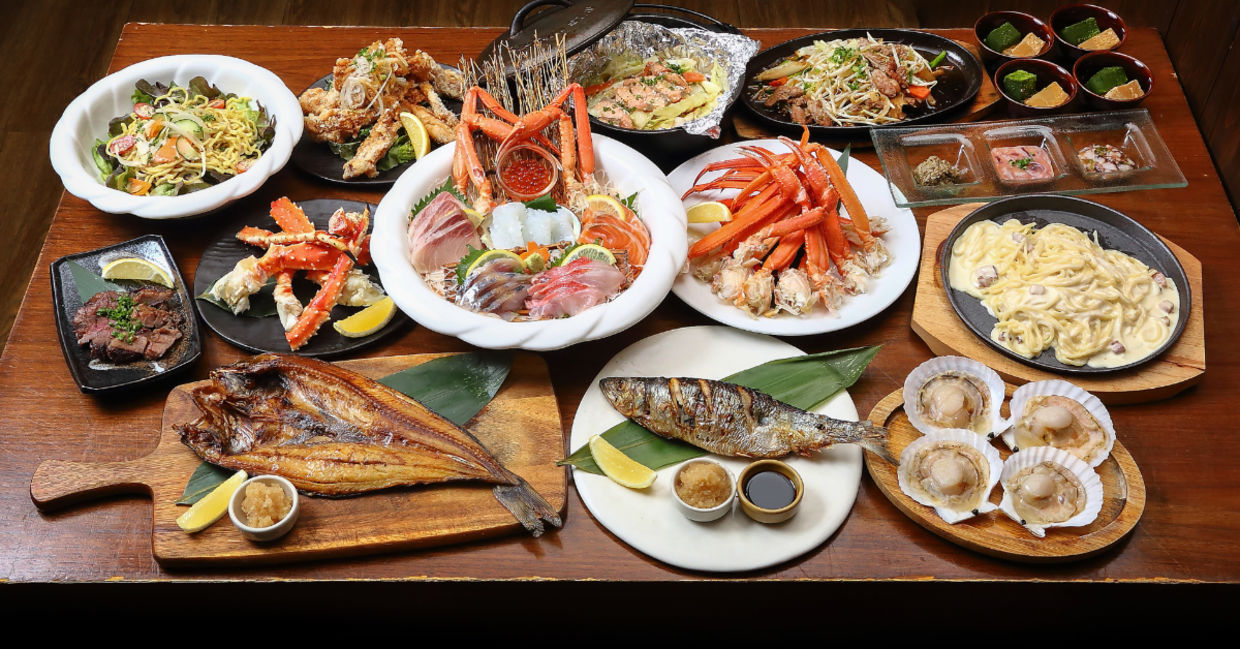
(Kankitti Chupayoong / shutterstock.com)
Food and culture are intrinsically intertwined. A nation’s or ethnic group’s agricultural practices, traditional dishes, and dining customs tell the story of the group’s history, their interactions with other peoples, and their value systems.
With this in mind, the Ainu people are reasserting their ancient cultural identity by exploring traditional Ainu dishes and their impact on Japanese cuisine, BBC Travel reports.
Who are the Ainu people?
The Ainu are small in number, but large in tenacity; In 2019, Japan formally recognized them as an indigenous group. Two hundred years prior, Japan had invaded the Ainu’s island of Hokkaido. In an interview with Beshara Magazine, Japanese artist Eiko Soga explains that the Japanese government imposed its culture and language on the Ainu. Many Ainu assimilated and the culture was nearly lost.
View this post on Instagram
However, in recent decades, the Ainu have seen a cultural revival. Soga remembers that, “there was a time when people considered that there were no native Ainu speakers alive, but now a form of it is being revived and children are learning it privately.”
Ainu food practices
When Japan invaded Hokkaido in the 1800’s, the Ainu were largely hunter-gatherers, according to the BBC. As foragers, they retained a unique connection to nature and had insider knowledge about the indigenous Hokkaido plants.
For example, many of the plants that were staples for the Ainu also have medicinal properties, including polyphenols which are potent antioxidants, and the shikerebe berry from the Amur cork tree, which the Chinese use in traditional medicine.
Eiko elaborates on the Ainu’s connection to nature. She tells Beshara Magazine about her Ainu friend, Kane-san, “when we were foraging, we made sure we didn’t pick all the plants we saw or that were available because we needed to leave some of them for other animals or insects. Also, we had to make sure those plants would come back the next year.”
Eiko explained that in addition to sustainable foraging practices, she observed the Ainu communicating with nature, speaking to ‘inanimate objects,’ and emphasizing with them. Pre-colonization by the Japanese, the Ainu observed a hunting ceremony, where they sent the animals’ spirits along.
View this post on Instagram
Ainu influences on Japanese food
In contrast to Japanese, who in the 1800’s relied on cultivated rice farming, and, as Buddhists, eschewed meat, the Ainu ate a diet rich in bear, deer, and salmon. They seasoned their food with an edible kelp called kombu that they deep fried, and then ground into a powder that could be sprinkled on or mixed into food.
The vegan Japanese ended up adopting the use of kombu from the Ainu as it provided for that “meaty”, “savory” umami flavor that was hard to produce in a non-meat diet. The kombu quickly became a staple of Japanese cuisine. It is now used in dashi (Japanese soup stock), kombu tsukudani (kombu with soy sauce and mirin), kombu kamaboko (kombu-wrapped fish) and dozens of other Japanese dishes. Today, 95 percent of Japan’s kombu is still produced in Hokkaido.
The culture exchange went both ways, with Ainu adopting some Japanese ingredients into their cuisines. Miso and soy flavors enlivened Ainu dishes. Food and travel blogger Jane Lawson explains, “Under Japanese rule, additional seasonings like miso and soy crept into what was considered a fairly bland cuisine, enabling certain dishes to maintain popularity to this day.”
Showcasing Ainu cuisine
Facets of Ainu cooking have maintained their popularity, and efforts to keep indigenous Ainu dishes alive have “borne fruit.” Slow Food is an organization devoted to preserving at-risk cuisines. In 2017, it co-organized an Ainu Food Festival, alongside the Ainu’s Women’s Organization, the indigenous Terra Madre network, and Menoko Mosmos.
Ainu women also launched the Ark of Taste project, where they intend to showcase their food in revenue-generating ways, for example selling Ainu bento boxes at Hokkaido train stations. BBC reporter, Ellie Kobb, participated in a 2020 Slow Foods and Terra Madre sponsored Ainu food event, where she had the chance to participate in a cooking class and taste the food. She shares, “The results were simple but delicious: the heaviness of the millet dumplings was offset by the slightly sweet kombu sauce, while each sip of soup sang with the individual flavors of salmon, potato, carrot and kelp.”
Kobb summed up her experience with Ainu cuisine, “It was all delectable, but as I was eating, I realized that it was about much more than food. I was tasting a slice of an almost-lost indigenous wisdom that will, hopefully, now start to get the attention it deserves.”
YOU MIGHT ALSO LIKE:
7 Best Vegetables to Eat Raw
California is Putting Wholesome Food on a Pedestal!
6 Healthy Cooking Ingredients You Should Have in Your Kitchen







